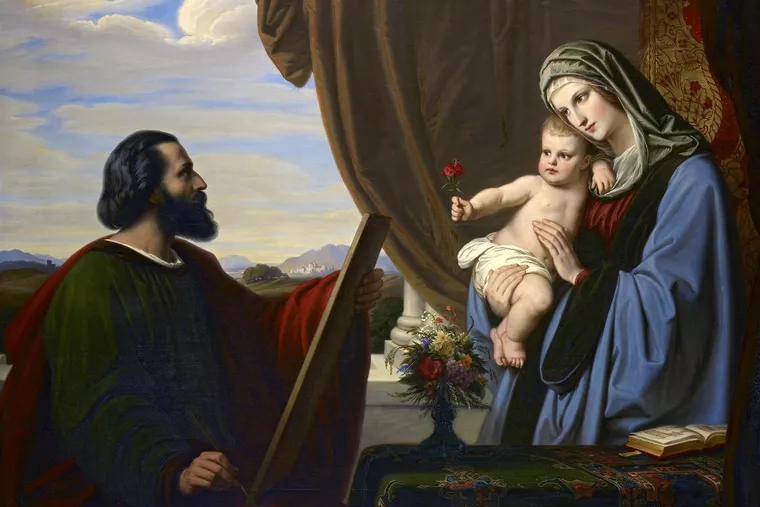As technology continues to advance and artificial intelligence (AI) becomes increasingly sophisticated, a thought-provoking question arises: can a painting truly be considered art if it lacks soul? Specifically, what if the artwork is entirely crafted by a machine, devoid of any human involvement? While some argue that AI-generated art should still be classified as art, there are valid concerns surrounding the absence of human emotion and intention behind these creations.
Traditionally, art has been deeply intertwined with human expression, emotion, and intention. It has long been believed that a piece of artwork is a manifestation of the artist’s inner thoughts, feelings, and experiences. Through art, humans have sought to convey their emotions, beliefs, and unique perspectives to a larger audience. The human touch, the personal narrative, and the experiences that shape an artist’s work have been deeply valued and appreciated. Therefore, when faced with the prospect of AI-generated art, an understandable level of skepticism and apprehension tends to emerge.
AI-generated artworks are created through complex algorithms and machine learning processes. These algorithms analyze vast amounts of data and patterns, learning from existing artworks and generating new pieces based on this acquired knowledge. As AI continues to improve its capabilities, it becomes increasingly capable of producing art that rivals the work of human artists. The level of technical skill and precision achieved in AI-generated art is truly remarkable, often indistinguishable from human-made art in terms of technical proficiency.
However, the crux of the debate lies in the fundamental aspects of human artistry. Art is not solely about technical mastery; it encompasses a broader range of human elements such as emotion, intention, and vulnerability. These elements add depth and complexity to a work of art, enabling the viewer to connect and resonate with the artist’s message. When AI-generated art lacks these crucial human aspects, it raises questions about its authenticity and its ability to be classified as art.
Critics argue that without the human touch, AI-generated art lacks a soul. They argue that the emotional depth and subjective experiences that make art meaningful are absent in these creations. AI lacks the personal narratives, struggles, and triumphs that shape human artists and their works. As a result, AI-generated art often feels cold, disconnected, and detached from the human experience.
Furthermore, skepticism surrounding AI-generated art extends to the issue of creativity. Creativity is often considered a uniquely human attribute, involving the ability to think beyond pre-existing patterns and conventions. While AI can certainly generate novel combinations and imitate recognized artistic styles, there is an underlying question of whether it can truly contribute something new to the artistic landscape. AI-generated art tends to replicate existing works rather than pushing the boundaries of artistic innovation, leading some to question its artistic value.
These concerns highlight the importance of understanding the role of AI-generated art in the broader context of the art world. AI can certainly produce visually striking pieces, granting new insights into patterns and aesthetics. It can serve as a tool for human artists, providing them with inspiration or assistance in realizing their artistic visions. However, it is vital to recognize that the contributions of AI should be viewed as complementary rather than replacements for human artistry.
In conclusion, the emergence of AI-generated art raises intriguing questions about the nature and future of art. While technical proficiency and visual appeal can be achieved through AI, concerns surrounding the absence of human emotion and intention in these creations persist. The human experience, personal narratives, and the emotional depth that artists bring to their work cannot be replicated by machines alone. Thus, while AI-generated art may possess aesthetic qualities, it remains essential to acknowledge the unique role that human artistry plays in creating truly meaningful and soulful pieces. By embracing a collaborative perspective, where AI complements human creativity rather than replaces it, we can strike a balance that appreciates and harnesses the strengths of both human and artificial artists in the ongoing evolution of art.


Leave a Reply